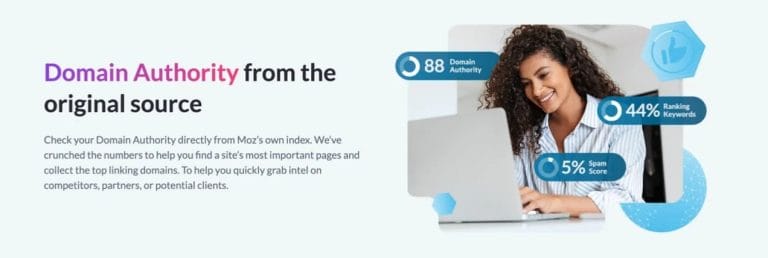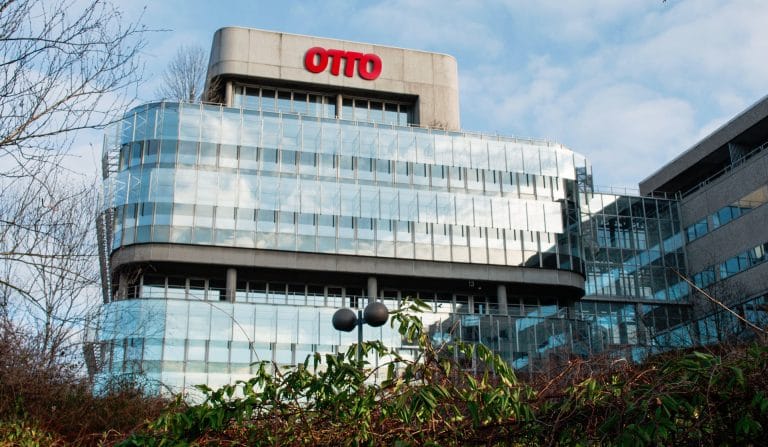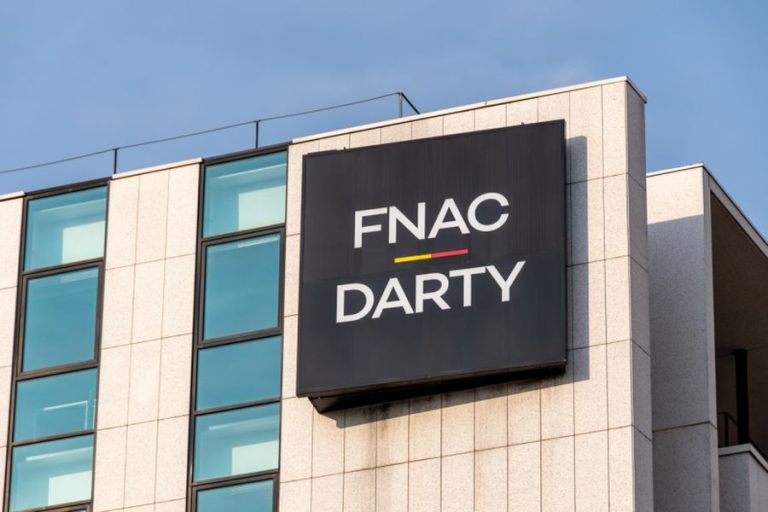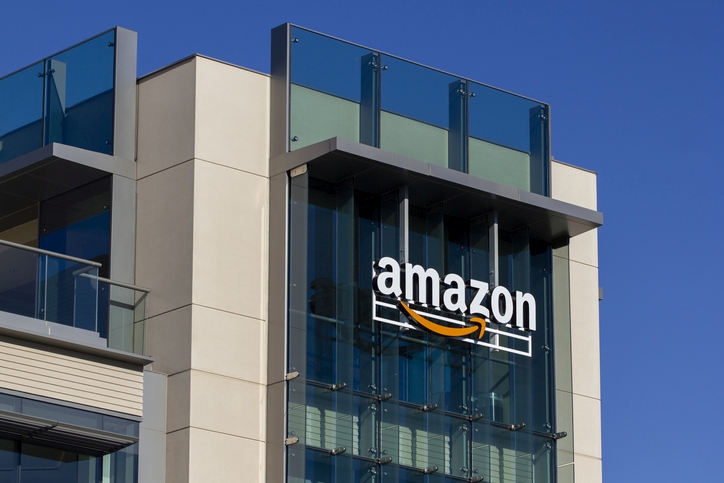Most ecommerce platforms bundle costs you can’t control
Table of Contents
- 1 Most ecommerce platforms bundle costs you can’t control
- 1.1 Rigid SaaS subscription tiers inhibit scalability
- 1.2 Adapt hosting to seasonal or regional traffic patterns
- 1.3 Architect your stack for performance and scalability
- 1.4 Why Pressable is Woo’s preferred hosting provider for high-performance scalability
- 1.5 Platform fees aren’t the whole story — understand the infrastructure costs behind the platform
- 1.6 Hosting costs for a business with two million monthly visits
- 1.7 Get enterprise-grade performance with Pressable and WooCommerce
- 1.8 Share this:
- 1.9 Like this:
For midmarket and enterprise businesses, strategic cost control of both hosting and technical capability is paramount for consistent growth. The ability to scale your technology stack to match your business phase is a major advantage in controlling long-term costs.
The beauty of open source software lies in its inherent flexibility. Since WooCommerce is an open-source ecommerce platform, you’re able to choose every single feature and component of your store, so you have the power to scale your costs in line with your business needs.
WooCommerce allows you to build your ideal commerce experience, select only the features you want, negotiate pricing with third parties, and make changes as you grow.
Enterprise businesses choose WooCommerce for the ability to control costs and performance — without sacrificing one for the other. That’s the open-source cost advantage: open source ecommerce provides better flexibility, and better long-term total cost of ownership (TCO).
Yet many midmarket and enterprise merchants still find themselves locked into rigid pricing structures of closed SaaS platforms, overpaying for bundled features they don’t need — or underperforming infrastructure that hinders growth.
Rigid SaaS subscription tiers inhibit scalability
Your hosting setup is the most important component of your site’s ability to perform at scale. On a SaaS ecommerce platform, hosting is included in your monthly platform fees, but that hosting is a black box.
Though an all-in-one plan can sound convenient, it means that you’re forced to use the hosting plan the SaaS company offers, even if its features, performance, or security don’t align with your needs.
A SaaS platform may include hosting — but it’s a black box. You pay a premium for infrastructure you can’t inspect, control, or optimize.
And since SaaS platforms lock you into fixed pricing tiers, when your hosting needs an update as your business grows, you’ll need to upgrade your entire plan rather than optimizing your current setup. Scaling up your plan can amount to hundreds or thousands of additional dollars per month.
Hosting is more than just where your site lives — it’s a critical component of your site’s performance, security, and ultimately, customer conversion. Unlike SaaS platforms that dictate your infrastructure choices, open-source solutions like WooCommerce give you complete autonomy over your hosting environment, including:
- Object caching
- CDN provider
- PHP workers or autoscaling containers
- Infrastructure-as-code for deployments
- Performance monitoring
This autonomy means you can optimize costs based on your specific business patterns rather than generic pricing tiers or over-investing in unnecessary capabilities. This control becomes especially valuable when you consider the unique demands of high-revenue ecommerce operations.
For enterprise merchants, growth comes with operational complexity and is rarely linear; they have seasonal peaks, promotional surges, and market expansion phases that require different resource allocations. But that doesn’t mean TCO has to balloon with growth, and when you own your hosting decisions, you own a key lever of your ecommerce cost structure.
Adapt hosting to seasonal or regional traffic patterns
For example, your Black Friday traffic might be ten times greater than your baseline or you may want to deploy a geographically-distributed infrastructure only in regions where you’re actively expanding.
An enterprise SaaS platform would require you to pay for an upgraded plan to accommodate peak selling season spikes or pay for global expansion before you need it, adding year-round recurring costs that may not be justified.
Architect your stack for performance and scalability
Enterprise ecommerce sites demand infrastructure that can keep up with growth — without becoming a liability. Open source allows you to architect a stack that aligns with your unique performance needs and business objectives.
Advanced caching, autoscaling capabilities, edge delivery, and a global CDN can all be customized to requirements when choosing a hosting provider. This flexibility means you’re not limited to a one-size-fits-all environment or locked into a provider’s proprietary setup.
Other aspects of a flexible tech stack might include:
- Dedicated resources or advanced monitoring for peak traffic periods.
- Deploying containerized environments for faster rollbacks and updates.
- Choice of performance monitoring tools and options.
WooCommerce is infrastructure-agnostic by design — giving you the freedom to optimize your performance layer from the database to the edge. Paired with enterprise-optimized hosts like Pressable, WooCommerce becomes a high-performance engine tailored to your operations.
Why Pressable is Woo’s preferred hosting provider for high-performance scalability
A strategic approach to hosting could save your business tens of thousands each year compared to fixed enterprise SaaS pricing. It lets you match cost to actual usage and allows your platform to evolve with your needs, instead of dictating them for you.
We recommend Pressable as the best hosting option for just that — its scalable infrastructure adapts to the demands of business through every season and sale. Pressable plans also come with built-in security features, performance monitoring, and a 100% uptime guarantee.
The compounding effect of these optimizations becomes substantial for multi-million-dollar merchants. Small percentage improvements in hosting efficiency, when applied to enterprise-scale operations, translate to monumental increases in annual savings while delivering superior performance.
📘 Want a deeper dive into hosting and how to select the best host for your WooCommerce store? Check out our full hosting guide.
Platform fees aren’t the whole story — understand the infrastructure costs behind the platform
When evaluating TCO in the context of hosting and platform fees, it’s not just the headline cost that matters. There are many hidden (or bundled) costs that businesses overlook — especially with closed platforms:
- Domain registration and renewals
- SSL certificates (sometimes billed separately)
- CDN services for global performance
- Backups and disaster recovery
- Security services and plugin costs
- Developer access or theme customization restrictions
- Payment processing limits or additional fees
- Advanced support for stores with complex setups and needs
With WooCommerce, these fees aren’t hidden, they’re modular. You choose them, you control them, and you pay for only what you actually use. That’s what makes open source a better fit for businesses that want full control over both performance and costs.
Many components make up the full picture of the total cost of an ecommerce tech stack, from transaction fees and fulfillment expenses to investments in development, marketing and advertising, and hosting.
Optimization of any one variable can have a compounding impact on your bottom line, and at Woo, we believe you should be able to control every single element.
See this variability in action: The chart below illustrates the costs of hosting and platform fees for popular enterprise ecommerce solutions.
Hosting costs for a business with two million monthly visits
| Platform | Estimated annual cost | Estimated 3-year cost | Comparison to WooCommerce + Pressable |
| WooCommerce + Pressable | $20,000 | $60,000 | – |
| Shopify Plus | $27,600+ | $82,800+ | 38% higher |
| BigCommerce Enterprise* | $30,000–$50,000 | $90,000 – $150,000 | 50% – 150% higher |
| Adobe Commerce (Magento Open Source + Cloud Hosting)* | $40,000–$80,000 | $120,000 – $240,000 | 100% – 300% higher |
*Cost estimates based on publicly available information. Quotes must be obtained through platforms’ sales teams.
↪️ To gain a personalized view of your business’s TCO, get in touch with our team.
Get enterprise-grade performance with Pressable and WooCommerce
Example: Scalable managed hosting with Pressable for a high-volume WooCommerce store
| Performance demands | Plan inclusions | Cost |
| 2 million monthly visitors 90 GB storage 17 PHP workers, autoscaling |
White glove migration Unlimited bandwidth 100% uptime SLA Perfmatters license Jetpack Complete license Free plugin scheduler Site audit and analysis |
$2,000 per month |
Long-term growth requires long-term financial efficiency. Operational costs are a big part of this — so it’s worth comparing SaaS and open source platforms to ensure no budget is wasted.
To optimize your platform costs, ask the following three questions:
- Does a SaaS platform require paying for features I don’t need in order to unlock a few features I do need?
- Would a SaaS platform lock my business into a plan that doesn’t scale with me?
- How important to my business is having the ability to optimize costs as my business evolves?
WooCommerce gives you the tools to build a store that fits your business, your budget, and your plans for growth. Cost control comes standard — from hosting options that scale with you to avoiding one-size-fits-all pricing, you’ll never be shoe-horned into a solution that doesn’t fit perfectly.
A platform migration or new ecommerce build can be daunting, and the timeline will vary based on the complexity of your business’s needs and current setup. And while the initial migration may involve investment in development costs, many businesses are able to recoup their investment and enjoy ongoing savings long term.
Our team is here to help you every step of the way. We have a team of dedicated Customer Success Managers and Solutions Architects ready to guide you through and manage your set-up on WooCommerce.
And, if your build requires dedicated technical resources, we’ll be happy to connect you with a trusted agency partner who’s a verified expert in WooCommerce development.
If your current platform limits your growth or eats into your margins, it’s time to take back control.
Let our team help you architect a store that grows with you — not against you.
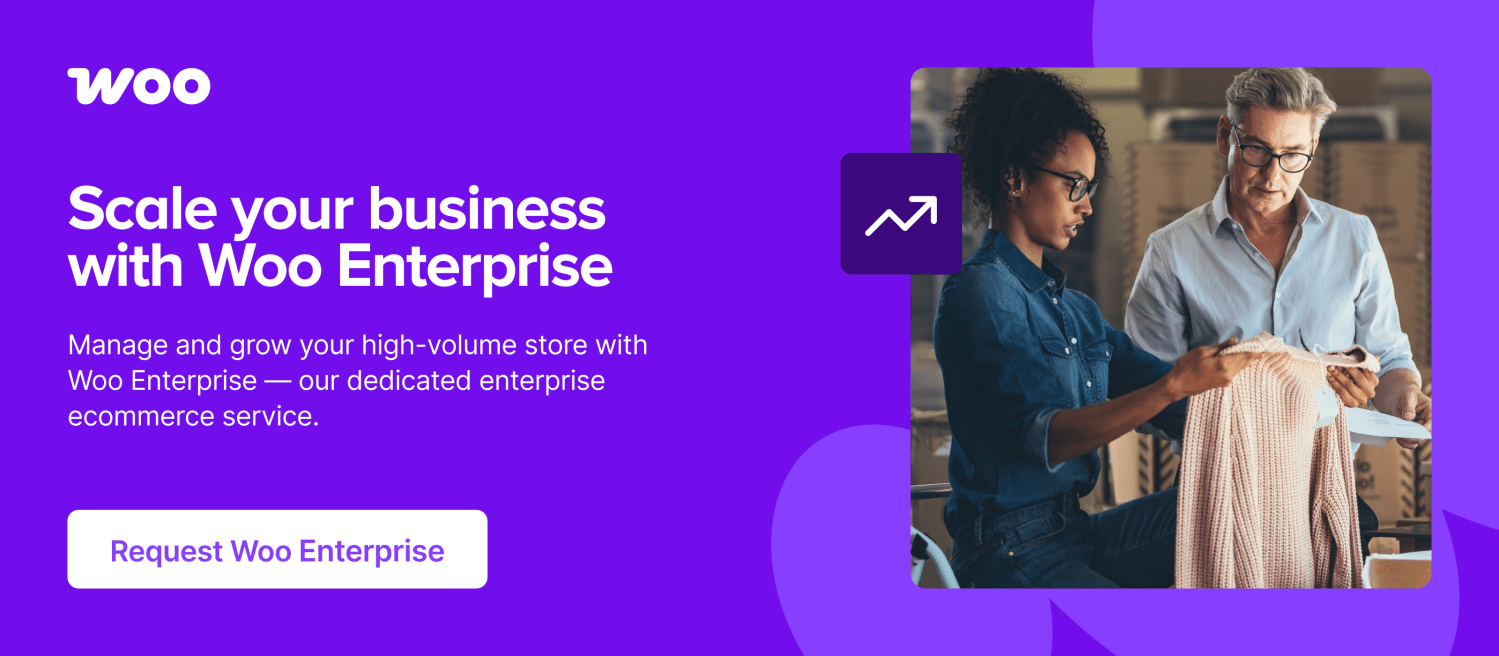
About
Olivia Jorgensen
Olivia leads demand generation at Woo. When not crafting campaign strategies, she can be found strolling through quaint New England towns and forests with her German shorthaired pointer, Wally.
